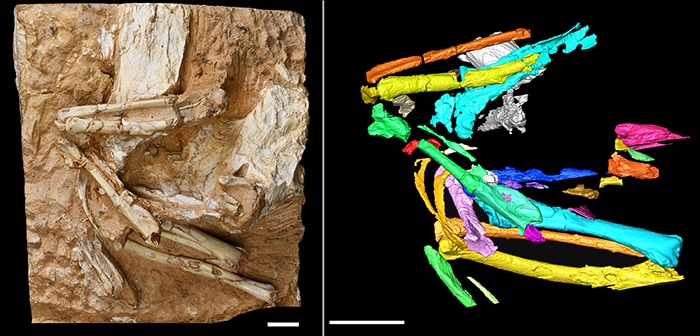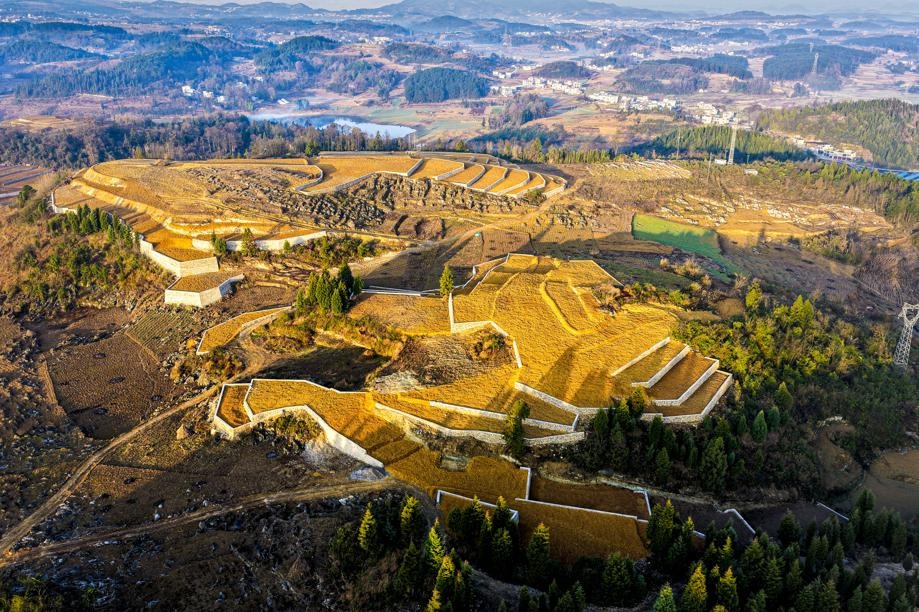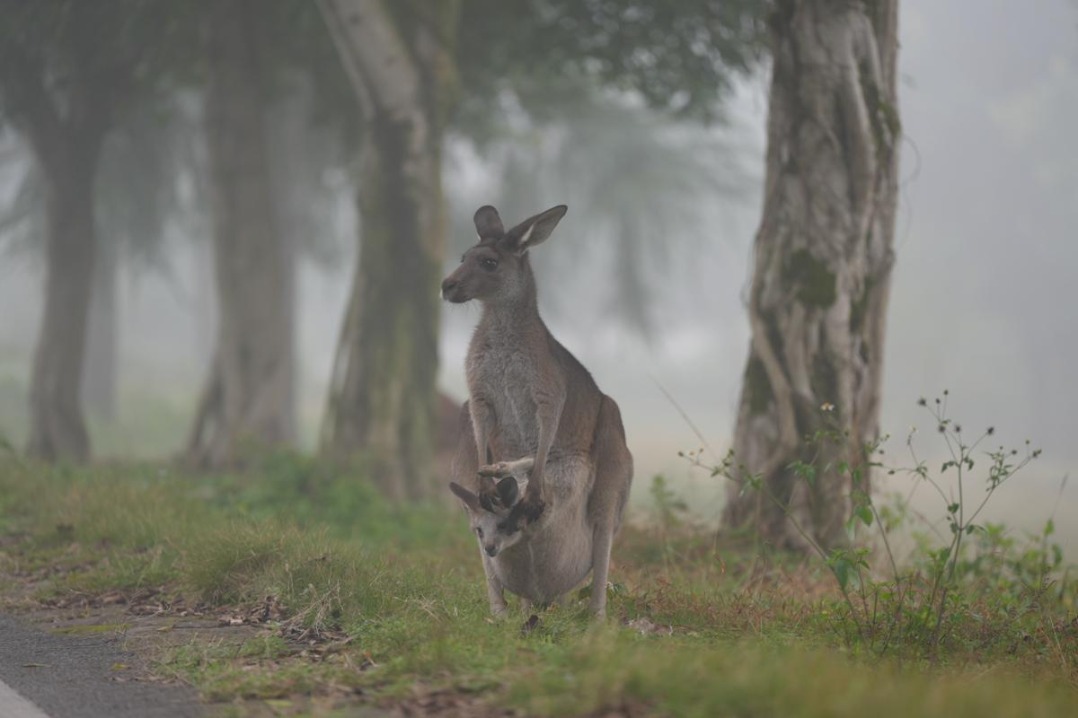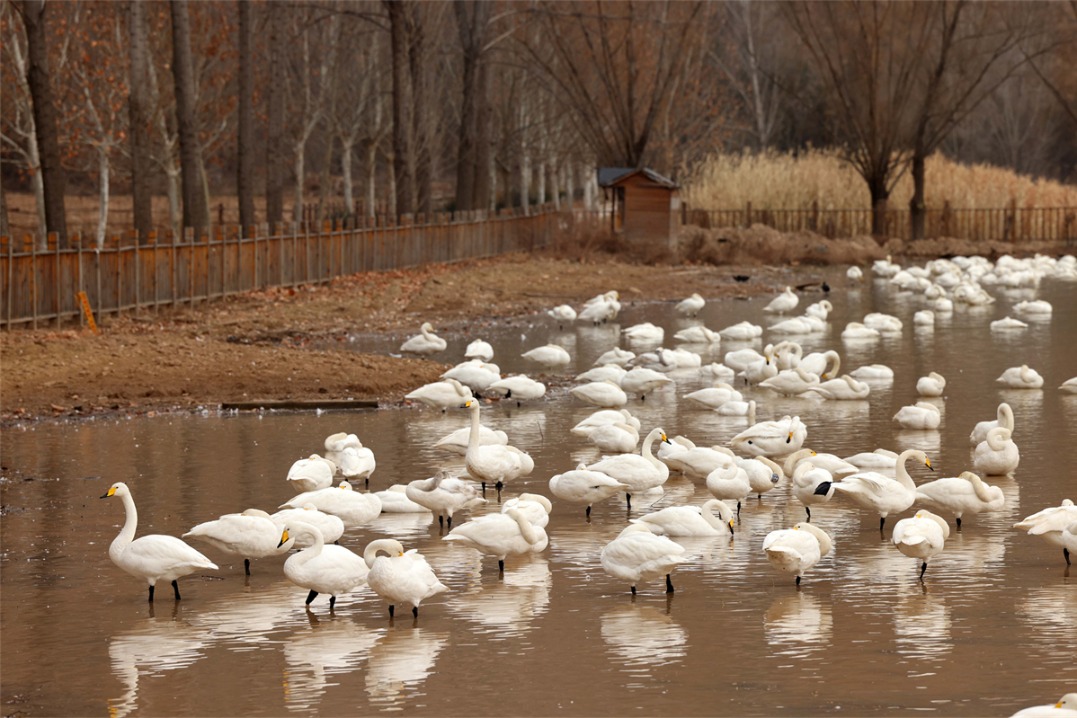Discovery of bird fossil unravels plateau's past


BEIJING-Chinese scientists have found the oldest sandgrouse fossil in Asia embedded in rocks dating back 6 million to 9 million years in northwest China's Gansu province.
The discovery of the new species in the arid environment near the edge of the Qinghai-Tibet Plateau, gives clues as to how the ecosystem there developed.
The species, found by researchers from the Chinese Academy of Sciences' Institute of Vertebrate Paleontology and Paleoanthropology has been named Linxiavis inaquosus, and fills a gap in the sandgrouse fossil record.
The fossil of the partial skeleton includes the shoulder girdles, wishbone, bones from both wings, vertebrae, and part of a leg. Unfortunately, the skull is missing, researchers said.
The discovery was recently published in the journal Frontiers in Ecology and Evolution.
"As the oldest fossil of a sandgrouse in Asia and the most complete fossil known from the group, the new skeleton provides a key link in expanding our understanding of the evolution of the sandgrouse living in China today, as well as the ecosystem associated with the Qinghai-Tibet Plateau and the species that live only there," said Li Zhiheng, first author of the study.
Sandgrouse are a group of 16 species of birds related to pigeons that live in some of the most arid areas across Europe, Asia and Africa. The association between sandgrouse and dry environments has helped scientists determine that the area next to the Qinghai-Tibet Plateau was equally arid when Linxiavis inaquosus lived during the period known as the late Miocene.
Xinhua
- US defense policy act fuels Taiwan tensions
- New Year holiday to bring peak in travel
- China's top 10 sci-tech news events unveiled
- Over 700 generative AI large model products complete filing in China
- Beijing accuses Lai of 'kowtowing' to US
- Hong Kong's global standing boosted with increasing presence of intl organizations: justice secretary





































